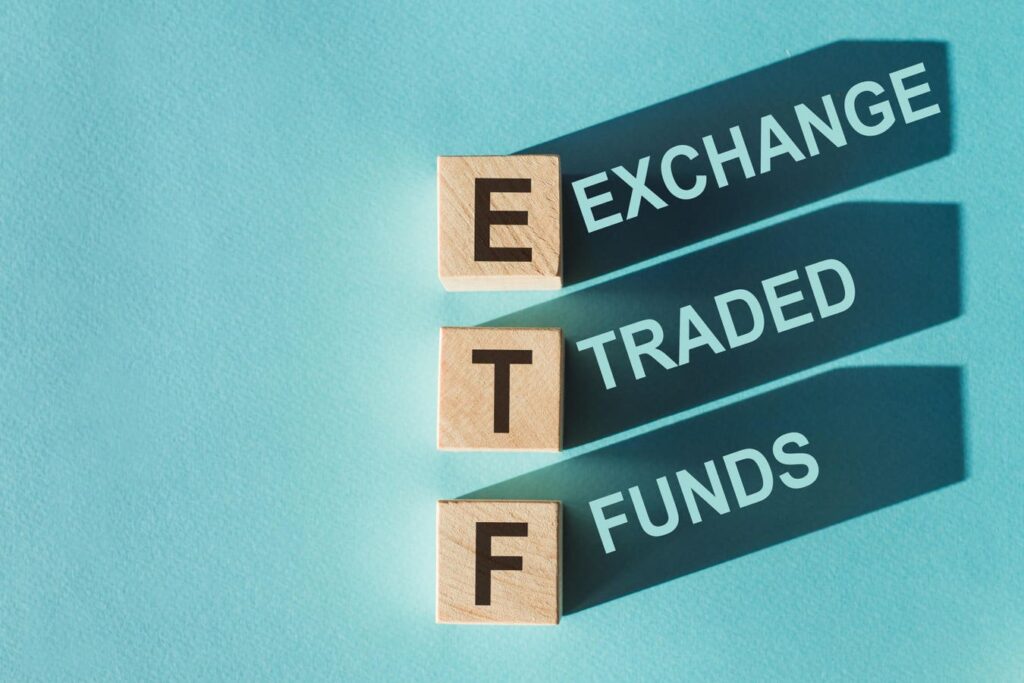Question: Why are there so many ETFs?
Answer: ETF issuance is profitable, so Wall Street keeps cranking out more products to sell.
The large number of ETFs has little to do with serving your best interests as an investor. I leverage this data to identify three red flags you can use to avoid the worst ETFs:
1. Inadequate Liquidity
This issue is the easiest to avoid, and my advice is simple. Avoid all ETFs with less than $100 million in assets. Low levels of liquidity can lead to a discrepancy between the price of the ETF and the underlying value of the securities it holds. Small ETFs also generally have lower trading volume, which translates to higher trading costs via larger bid-ask spreads.
2. High Fees
ETFs should be cheap, but not all of them are. The first step is to benchmark what cheap means.
To ensure you are paying at or below average fees, invest only in ETFs with total annual costs below 0.48%, – the average total annual cost of the 897 U.S. equity Style ETFs my firm covers. The weighted average is lower at 0.13%, which highlights how investors tend to put their money in ETFs with low fees.
Figure 1 shows Infrastructure Capital Equity Income ETF (ICAP) is the most expensive style ETF and State Street SPDR Portfolio S&P 500 ETF (SPLG) is the least expensive. WBI provides three of the most expensive ETFs while State Street ETFs are among the cheapest.
Figure 1: 5 Most and Least Expensive Style ETFs
Investors need not pay high fees for quality holdings. iShares Core S&P 500 ETF (IVV) is the best ranked style ETF in Figure 1. IVV’s neutral Portfolio Management rating and 0.03% total annual cost earns it an attractive rating. Alpha Architect U.S. Quantitative Value ETF (QVAL) is one of the best ranked style ETFs overall. QVAL’s attractive Portfolio Management rating and 0.32% total annual cost earns it a very attractive rating.
On the other hand, Vanguard Small Cap Index Fund (VB) holds poor stocks and earns an Unattractive rating, despite having low total annual costs of 0.06%. No matter how cheap an ETF looks, if it holds bad stocks, its performance will be bad. The quality of an ETF’s holdings matters more than its management fee.
3. Poor Holdings
Avoiding poor holdings is by far the hardest part of avoiding bad ETFs, but it is also the most important because an ETFs performance is determined more by its holdings than its costs. Figure 2 shows the ETFs within each style with the worst portfolio management ratings, a function of the fund’s holdings.
Figure 2: Style ETFs with the Worst Holdings
Invesco appears more often than any other providers in Figure 2, which means that they offer the most ETFs with the worst holdings.
Invesco NASDAQ Future Gen 200 ETF (QQQS) is the worst rated ETF in Figure 2 based on my predictive overall rating. Motley Fool Small Cap Growth ETF (TMFS), Renaissance IPO ETF (IPO), and Invesco S&P Small Cap 600 Pure Value ETF (RZV) also earn a very unattractive predictive overall rating, which means not only do they hold poor stocks, they charge high total annual costs.
The Danger Within
Buying an ETF without analyzing its holdings is like buying a stock without analyzing its business model and finances. Put another way, research on ETF holdings is necessary due diligence because an ETF’s performance is only as good as its holdings.
PERFORMANCE OF ETFs HOLDINGs – FEES = PERFORMANCE OF ETF
Read the full article here

